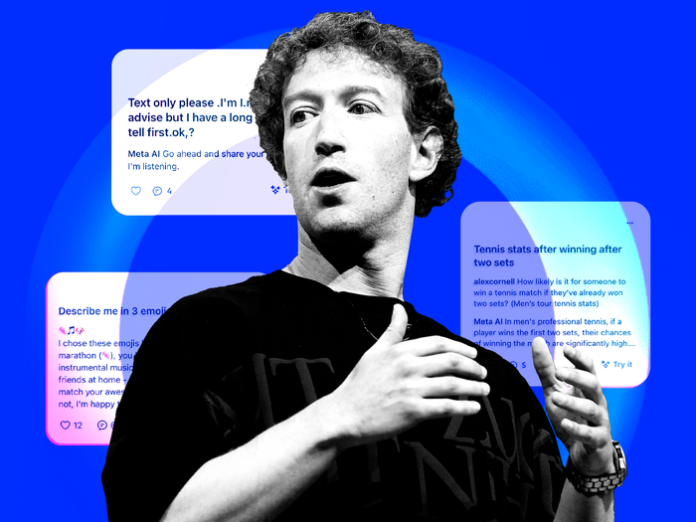On July 30, 2025, Mark Zuckerberg introduced Meta’s new mission: building “personal superintelligence”—AI systems smart enough to understand users deeply and assist them in achieving personal goals. This commitment was shared in a public letter outlining Meta’s AI strategy for the coming years.
🧠 What Is Personal Superintelligence?
- Unlike approaches focused on automating work, Zuckerberg envisions AI tools that amplify individual creativity, learning, and decision-making. He emphasized that “personal superintelligence that knows us deeply… will be by far the most useful.”
- The initiative aims to support users personally, instead of replacing them. It reflects a philosophy of empowerment over automation.
🚀 Meta Superintelligence Labs: Structure & Talent
- Meta consolidated its AI teams into a dedicated unit—Meta Superintelligence Labs (MSL)—tasked with foundational model research, product development, and next-gen AI experimentation.
- Alexandr Wang, former CEO of Scale AI, has been appointed Chief AI Officer, co-leading MSL with Nat Friedman, ex-GitHub CEO.
- The new team includes high-profile hires from OpenAI, Google DeepMind, Anthropic, and more, bringing deep expertise in GPT and multimodal model development.
💸 Massive Investment & Differentiated Strategy
- Meta has invested $14.3 billion in Scale AI, integrating data-labeling infrastructure into its AI build-out.
- In 2025, Meta plans up to $72 billion in capital expenditure, including hiring top-tier AI talent with compensation packages reportedly reaching $200M+ in rare cases.
🔍 Early Signals & Differentiation
- Zuckerberg declared “superintelligence is now in sight,” citing early signs of AI systems improving themselves—a hallmark of advanced learning.
- He also signaled that not all superintelligence models will be open-sourced—emphasizing safety and selective release.
🌐 Why This Matters
- For Users: Devices like smart glasses will serve as the primary AI interface, offering context-aware support based on real-time environment sensing.
Business Insider - For Industry: Meta aims to differentiate from other firms by focusing on individualized AI experiences rather than centralized automation.
- For Investors: Despite billions spent in R&D, Q2 2025 earnings showed strong performance—revenue of $47.5B (+22%) and EPS of $7.14 (+36%).
📅 Looking Ahead
| Timeline | Milestones |
|---|---|
| 2025–2026 | Continue building personal superintelligence prototypes via MSL. |
| Through 2025 | Scaling Reality Labs and AI glasses to mainstream use. |
| Product integration | Embedding AI into apps, wearables, and user experiences globally. |
✅ Summary Takeaways
- Meta’s ambition centers on AI that assists individuals, not just automates tasks.
- Meta Superintelligence Labs consolidates all AI research and development under a unified banner.
- Massive capital and talent investments signal Meta’s confidence—or bet—on wearable-embedded AI as the next computing platform.



